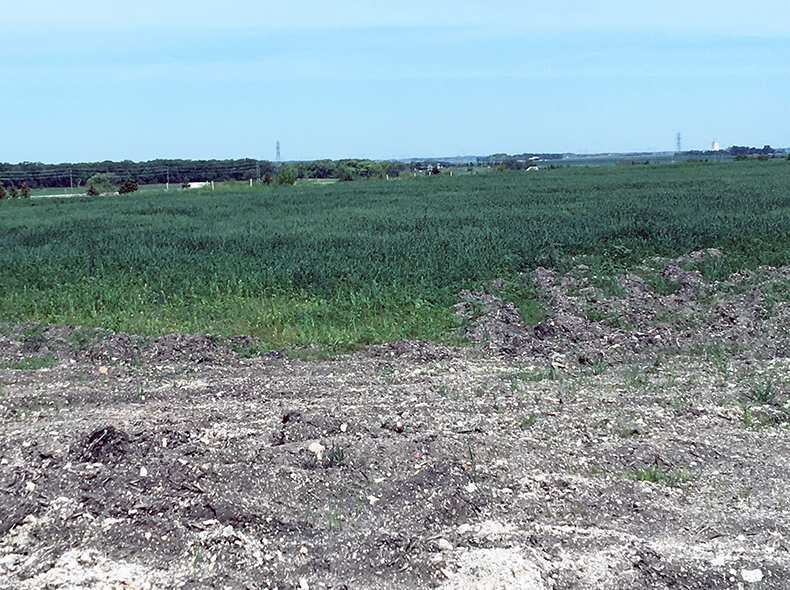Soil fabrication program diverting biosolids and other waste from the landfill
City looks to make three year pilot program permanent
June 1, 2020
The City of Winnipeg is working to establish a native prairie landscape at a closed landfill using a rather unique method.
“We are using materials that could have otherwise ended up in the landfill,” said Becky Raddatz, Environmental Planner.
The soil fabrication pilot program has been going on for three years. It uses nutrient-rich biosolids, which are a solid by-product of wastewater treatment, woodchips primarily from trees impacted by Dutch Elm Disease and Emerald Ash Borer, and the sand and grit collected during the spring clean-up operation.
Heavy machinery is used to make windrows of the initial blend until ready to use. The process mostly takes place during the colder months while the ground is frozen.
When it warms up, the fabricated soil is spread on top of Summit Road Landfill on the northwest side of Winnipeg.
“This helps us establish a native prairie landscape as part of our management of the landfill,” said Chris Kosak, Supervisor of Environmental Monitoring and Reporting.
The City is now applying for an Environmental Act License to make the program permanent. The soil fabrication program also supports the goals of the City’s Biosolids Master Plan.
“This soil fabrication program is part of our plan to manage biosolids, as well as the closed Summit Road Landfill, in an environmental, sustainable, and cost effective way,” said Raddatz.
Residents are welcome to submit feedback to the City on the license application until September.


